Why Do Teeth Hurt After Whitening
Teeth whitening is a popular cosmetic procedure that promises a brighter, more confident smile. However, many people experience some degree of discomfort after undergoing this treatment. Understanding the causes of this pain is crucial for managing it effectively and ensuring a positive experience. This article explores the top five facts about teeth whitening pain, helping you navigate this common side effect and maintain optimal oral health. It is important to remember that while pain is a common side effect, it’s typically temporary and manageable with the right approach.
Tooth Sensitivity: The Primary Culprit
Tooth sensitivity is the most frequent reason for discomfort after teeth whitening. The whitening agents, such as hydrogen peroxide or carbamide peroxide, penetrate the enamel to break down stain molecules. This process can temporarily make the teeth more sensitive to temperature changes and pressure. The level of sensitivity varies from person to person, and depends on factors such as the concentration of the whitening agent, the duration of the treatment, and the individual’s natural tooth structure. It is usually described as a sharp, shooting pain or a dull ache that occurs when eating or drinking hot, cold, sweet, or acidic foods and beverages.
Mechanism of Sensitivity

The sensitivity arises because the whitening agents can pass through the enamel and dentin, affecting the nerves inside the teeth. This leads to a heightened response to stimuli. The tubules in the dentin, which connect to the nerve fibers in the pulp, become more exposed. When these tubules are triggered by external factors, such as cold air or hot liquids, they transmit signals directly to the nerve, resulting in pain. Understanding this mechanism helps in comprehending why the teeth react in this manner and how to best manage the discomfort.
The Role of Tooth Enamel
Tooth enamel, the hard outer layer of the tooth, protects the underlying dentin and the pulp. The health and thickness of the enamel play a vital role in how sensitive your teeth are. If the enamel is thin or has existing micro-cracks, the whitening agents can more easily penetrate, exacerbating sensitivity. People with naturally thinner enamel or those who have enamel erosion due to diet or other factors are more likely to experience greater discomfort. Therefore, assessing the condition of the enamel before teeth whitening is crucial.
Gum Irritation and Inflammation
Another potential source of pain following teeth whitening is gum irritation and inflammation. This can occur when the whitening agent comes into contact with the soft tissues of the mouth. This can cause redness, swelling, and tenderness along the gumline. The concentration of the whitening agent and the method of application can influence the degree of irritation. Properly fitted trays (for at-home treatments) and careful application by a dental professional (in-office treatments) are essential to minimize gum exposure and subsequent inflammation. Using a mouth guard also can help.
Chemical Exposure and Sensitivity
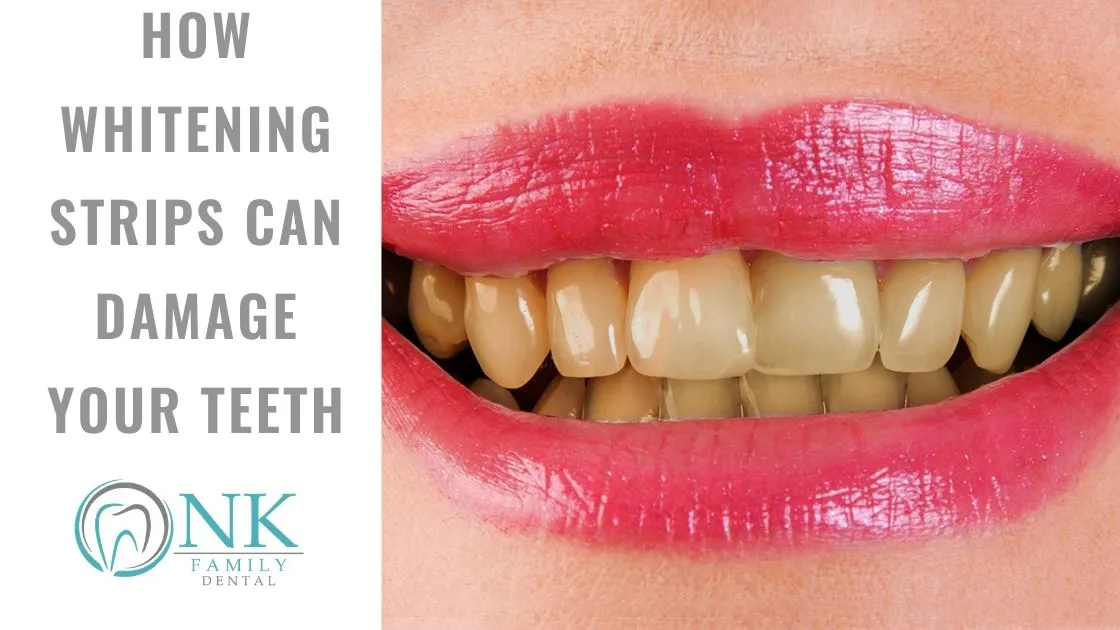
The chemicals used in teeth whitening, mainly hydrogen peroxide and carbamide peroxide, can directly impact tooth sensitivity. These chemicals work by breaking down the stain molecules within the enamel. However, this process also causes temporary changes to the tooth structure, making it more porous and susceptible to stimuli. The concentration of the peroxide solution significantly affects the level of sensitivity. Higher concentrations generally produce faster results but can also lead to increased discomfort. This is why dentists carefully consider the appropriate concentration based on the individual’s needs and sensitivity levels.
Hydrogen Peroxide & Carbamide Peroxide
Hydrogen peroxide and carbamide peroxide are the active ingredients in most teeth whitening products. Carbamide peroxide breaks down into hydrogen peroxide. The choice between these agents, and their concentration, can influence the intensity of post-whitening sensitivity. Products used in-office typically use higher concentrations of hydrogen peroxide to achieve quicker results, potentially leading to more pronounced sensitivity. At-home treatments often use carbamide peroxide, which is milder, but still effective. This allows for a gradual whitening process with less risk of significant discomfort. Therefore, understanding the type of product used is important when anticipating the likelihood of sensitivity.
Common Side Effects After Teeth Whitening
Beyond tooth sensitivity and gum irritation, other side effects can occur following teeth whitening. While these are typically temporary, it’s essential to be aware of them to be well-prepared for the process. The most common side effects are temporary and resolve within a few days. This includes changes in sensitivity, minor gum irritation, and in some cases, mild headaches.
Temporary Discomfort
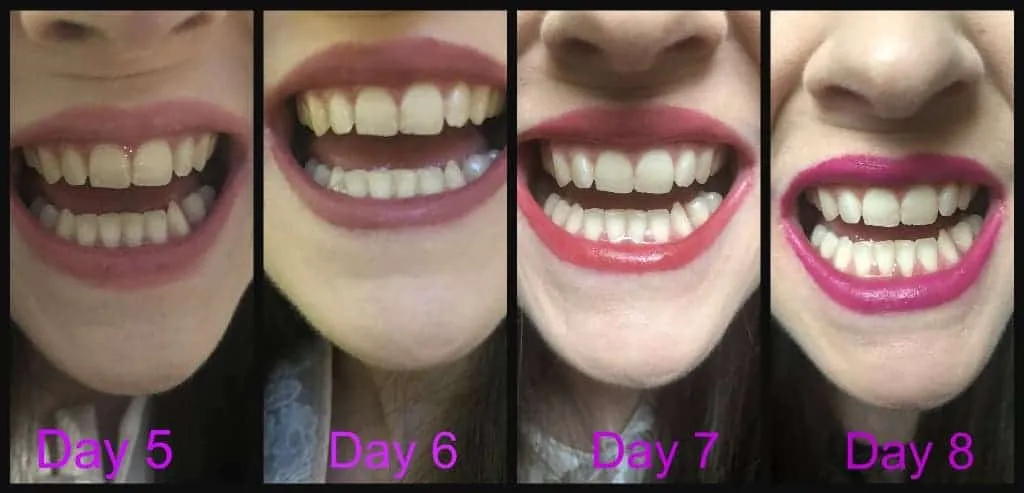
The most frequently experienced side effect is temporary discomfort in the teeth. This is often described as a sharp, shooting pain or a dull ache when consuming hot or cold foods and drinks. This increased sensitivity usually peaks within the first few days after the procedure. It is common for this discomfort to subside within a week, as the teeth adjust. This reaction is related to the whitening agents interacting with the tooth structure, leading to heightened nerve responses.
Throbbing Pain
Some individuals may experience throbbing pain after teeth whitening. This usually occurs if the sensitivity is more intense or persistent. It is a sign that the nerves in the teeth are highly reactive. The throbbing may occur intermittently or be constant for a short period. If the pain becomes severe or lasts longer than a few days, it is advisable to consult with a dentist to rule out any underlying issues or complications. The intensity varies from person to person.
Increased Sensitivity to Cold and Heat
Another common side effect is increased sensitivity to both cold and heat. This manifests as a sharp, stinging sensation when consuming cold beverages or ice cream, or when exposed to hot drinks like coffee or tea. This sensitivity is a direct result of the temporary porousness of the enamel after the whitening treatment. It can make eating or drinking certain foods uncomfortable. This sensitivity should gradually decrease as the teeth re-mineralize and the enamel returns to its normal state. Avoiding extreme temperatures during this time can help minimize discomfort.
How to Manage the Pain After Whitening
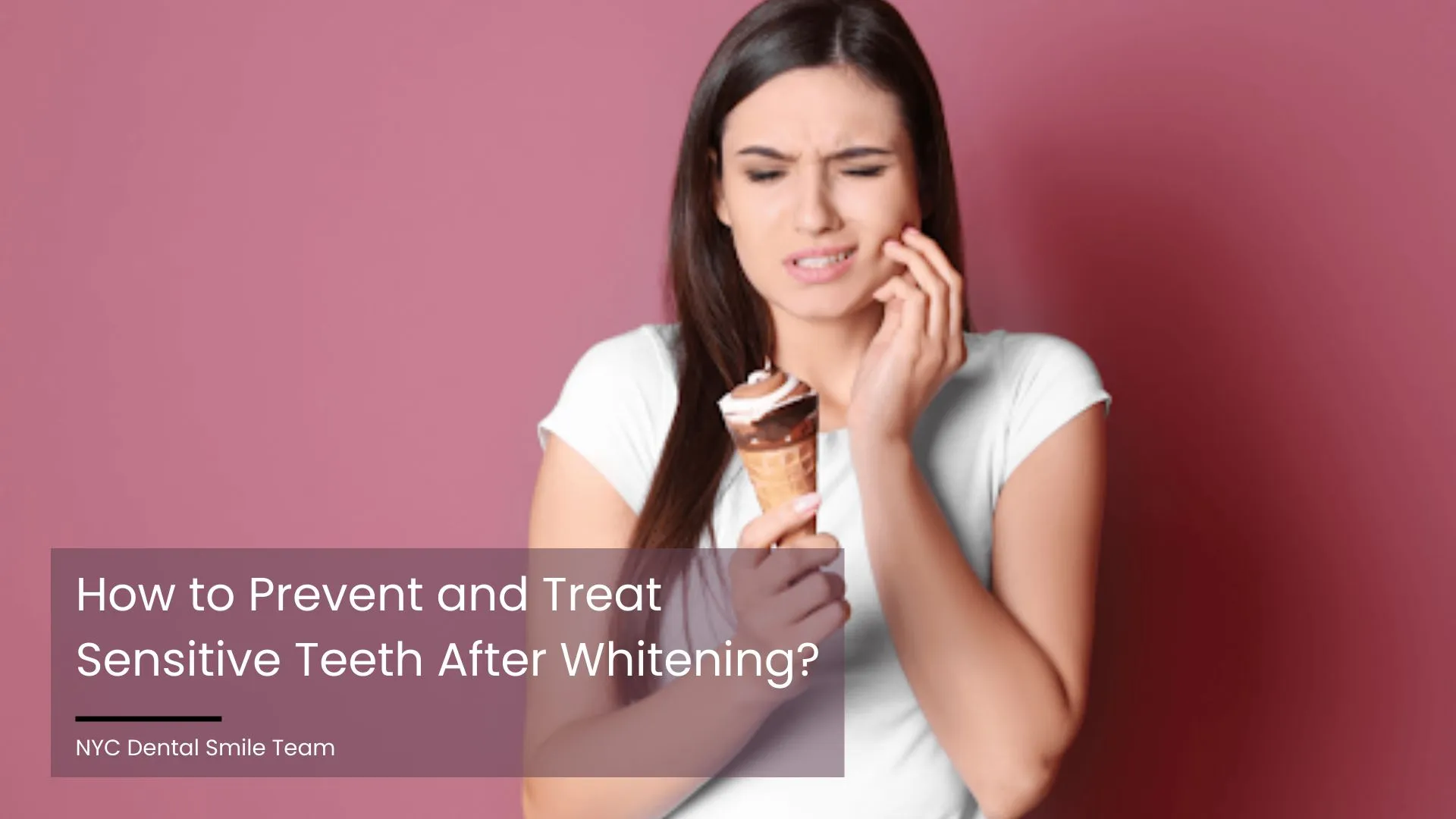
Fortunately, several strategies can help manage the pain and discomfort associated with teeth whitening. By taking proactive steps and following your dentist’s recommendations, you can minimize any negative effects and enjoy the benefits of a brighter smile. These are generally effective in providing relief and ensuring that the whitening process is a positive experience overall.
Over-the-Counter Pain Relief
Over-the-counter pain relievers, such as ibuprofen (Advil, Motrin) or acetaminophen (Tylenol), can help reduce pain and inflammation. Taking these medications as directed can provide significant relief from tooth sensitivity and any associated discomfort. It’s essential to follow the dosage instructions on the product label and avoid exceeding the recommended amount. Always consult your dentist or doctor if you have any underlying health conditions or concerns before taking any new medication.
Desensitizing Toothpaste
Desensitizing toothpaste is specifically designed to alleviate tooth sensitivity. These toothpastes contain ingredients like potassium nitrate, which helps block the nerve signals that cause pain. Using desensitizing toothpaste for a few weeks before and after teeth whitening can significantly reduce sensitivity. The toothpaste works by building up a protective barrier on the teeth. Use the desensitizing toothpaste as directed, typically twice a day, to achieve the best results. Look for brands recommended by your dentist for optimal effectiveness.
Avoidance of Trigger Foods and Drinks
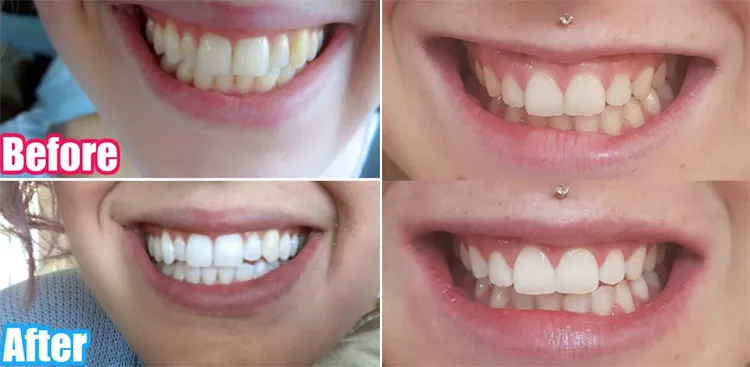
Avoiding foods and drinks that can trigger sensitivity can help minimize discomfort. This includes very hot or cold beverages, acidic foods like citrus fruits and tomatoes, and sugary snacks. These items can exacerbate the sensitivity. Opt for lukewarm foods and beverages. Also consider using a straw to minimize contact with the teeth. It’s a good idea to stick to a bland diet for the first few days after whitening to avoid irritation. Be mindful of what you eat and drink during this recovery period to keep the pain manageable.
The Importance of Aftercare
Proper aftercare is essential for maximizing the benefits of teeth whitening and minimizing any potential side effects, including pain and sensitivity. Following your dentist’s instructions and maintaining good oral hygiene practices can help ensure a successful and comfortable outcome. This ensures that you are getting the best results possible and contributes to long-term oral health. It’s also important to have realistic expectations about the process.
Following Dentist’s Instructions
Your dentist will provide specific instructions for aftercare, which can vary depending on the type of whitening treatment you have undergone. These instructions may include recommendations for brushing, flossing, using desensitizing toothpaste, and avoiding certain foods and drinks. Following these guidelines is vital for managing sensitivity and preventing complications. You may also receive advice on how long to use specific products and when to schedule a follow-up appointment. Always listen to your dentist’s advice for the best possible results.
Regular Dental Check-ups
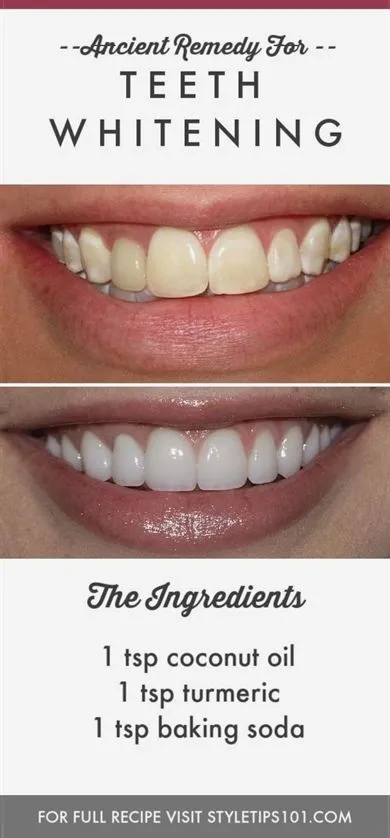
Regular dental check-ups are essential for maintaining oral health and addressing any potential issues that may arise after teeth whitening. Your dentist can monitor your teeth and gums, and provide professional cleaning to remove any stains or plaque. During these visits, they can also assess the condition of your enamel and identify any signs of sensitivity or inflammation. Regular check-ups allow your dentist to address any problems early and offer tailored advice to help you maintain a healthy, bright smile. Maintaining a consistent oral hygiene routine is also important.
In conclusion, teeth whitening can lead to temporary pain and sensitivity, but understanding the causes and implementing effective management strategies can ensure a comfortable and successful experience. By following your dentist’s instructions, using desensitizing products, and making smart dietary choices, you can enjoy a brighter smile with minimal discomfort. Remember that while some sensitivity is normal, it is usually temporary, and proper aftercare is the key to a healthy, beautiful smile. If you have persistent pain, always consult your dentist.
